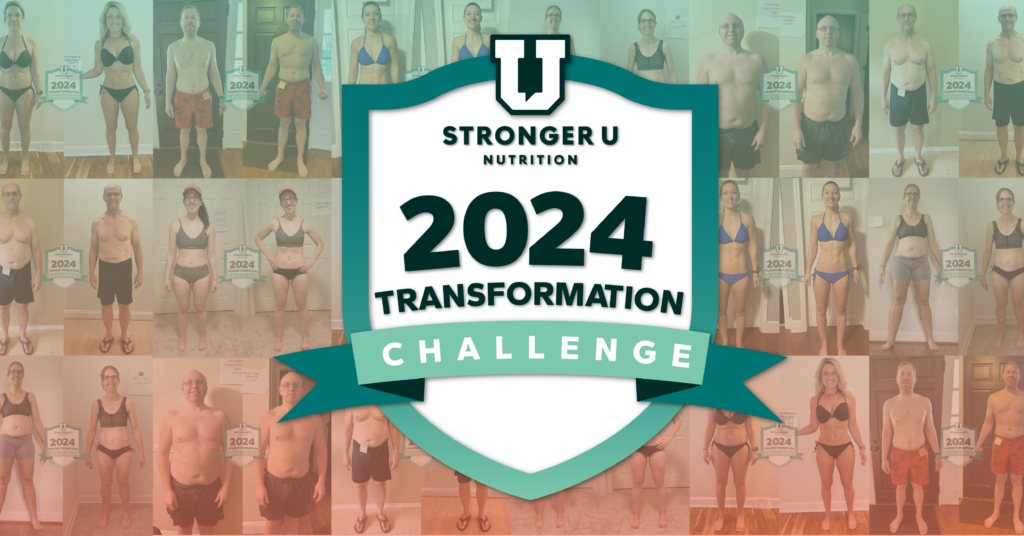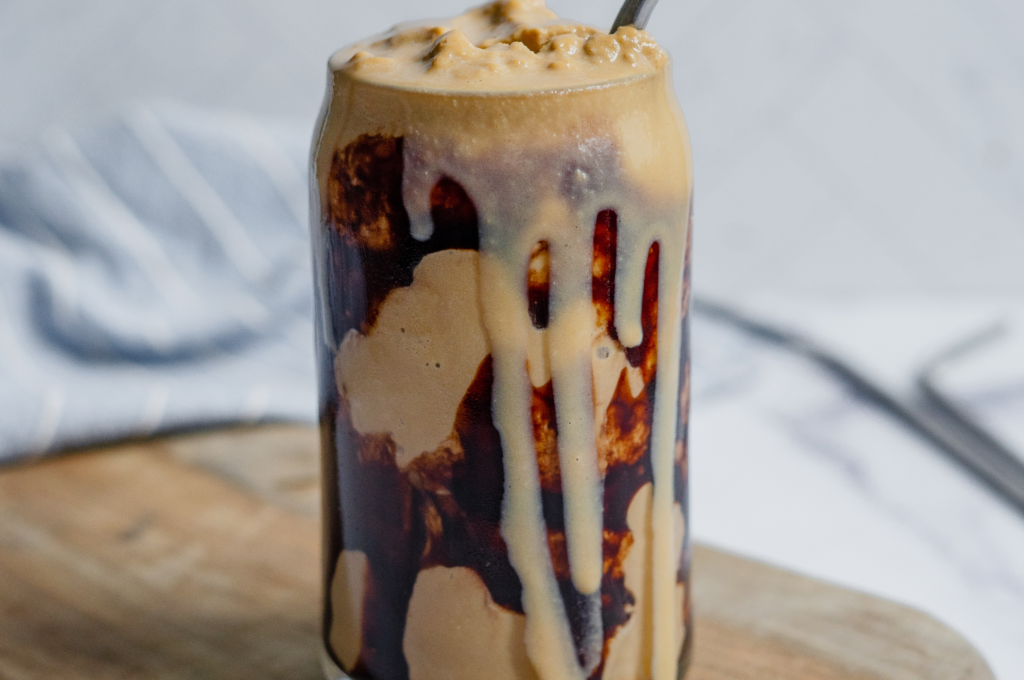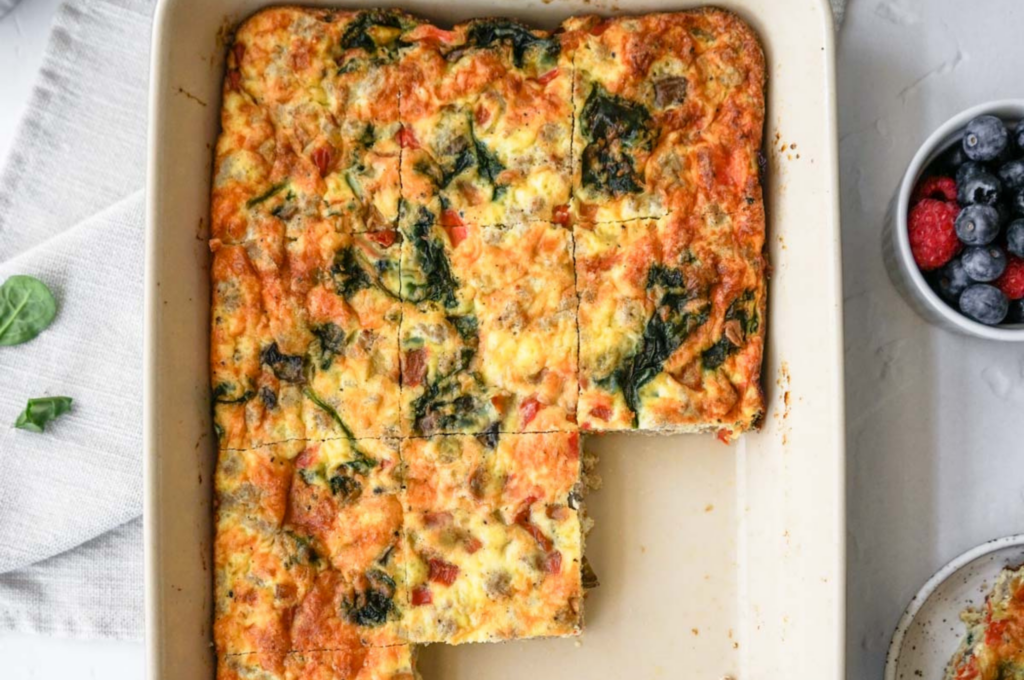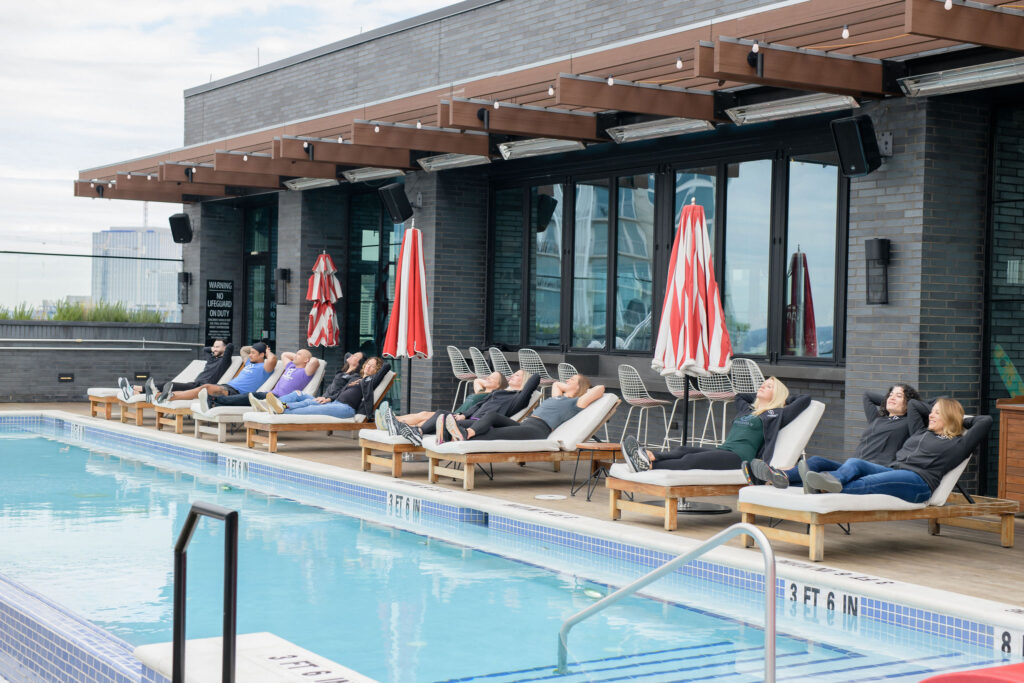The alarm starts it’s rude buzz at 5:45 am. You drag yourself out of bed, yank on some leggings, and the soundtrack of the floorboards creaking starts as you make your way to the coffee pot. You know what time it is. Time to go work out. Why? Well, you want to lose weight, of course.
But is losing weight without exercise even possible? Well, yes!
What is working out good for?
Working out is a tool to make you look and feel better. Working out regularly is good for your health. Traditional cardio helps you develop a stronger and healthier heart. Resistance training strengthens your muscles and bones. Regular working out helps ward off some of the effects of aging. These are all massive benefits.
Notice what we didn’t mention though? Weight loss!
That’s something studies have shown. Working out on its own isn’t actually that great for losing weight. There has to be some kind of dietary intervention that comes along with it. Even then, we still have to be vigilant with our newfound habits. Because, surprise surprise, we’re all bound to naturally eat more after physical activity, which can lead us to underreport that food intake.
(Note: we this isn’t to say we underreport our food after exercising on purpose. Quite the opposite. We’re not even conscious of our desire to eat more. Typically, we just notice we’re a bit more hungry than normal.)
Working out regularly has a whole host of benefits and it should be obvious that we’re big fans of working out here at Stronger U. We have members who compete in endurance races, powerlifting, and strongman events. Members who go to Crossfit, OrangeTheory, yoga, pilates, and work out on their own. We also have quite a few members who have hit their weight loss goals without working out.
The thing we all forget: working out is a privilege!
Working out on a regular basis is something that can be extremely challenging to fit into a schedule. There are work schedules, kids, family, appointments, and regular life obligations we all have to keep up with. Sometimes finding an hour out of your day to intentionally get sweaty not only isn’t reasonable, it’s not doable! Oh, and not to mention finding a modality and a community that makes you feel comfortable or welcome. We might not recognize it, but when we implicitly make working out a requirement to lose body fat we’re telling lots of people whose life might not allow for working out that weight loss isn’t for them. That’s not what we’re about here at Stronger U. We believe that losing weight is possible whether you work out or not.
So what really governs weight loss?
Okay…so if working out isn’t a requirement for weight loss, what is? This is where that ambiguous term “metabolism” comes into play.. See, weight loss is a simple formula: burn more calories than you consume, and do that consistently. Metabolism is what governs that. So before we go any further that let’s take a crash course on metabolism:
- BMR: The most basic form of metabolism is Basal Metabolic Rate or BMR. This baseline metabolic rate is the amount of calories someone burns each and every day to maintain life.
Just living requires quite a bit more energy than we think. There are thousands of chemical reactions taking place in our body at any given second. These have to be fueled somehow. Metabolism is just a word to describe all of those processes and the energy we burn while our body does its job to keep us alive. Along with that, something that will always hold true is that the bigger someone is, the higher their BMR. In fact, some research shows that up to 43% of the difference between two people’s metabolisms can be solely attributed to the difference in internal organ size.
Metabolism is more complicated than just BMR though. In reality, when we talk about metabolism what we’re actually talking about is a collection of a few different things all living under the umbrella of Total Daily Energy Expenditure, or TDEE. Living inside the umbrella of TDEE is BMR and a couple of other factors that get added along with it, known as NEAT and TEF.
- NEAT, or non-working out activity thermogenesis is the calories we burn each day by walking, fidgeting, cleaning dishes, etc. This number varies greatly from person to person, some estimates say as much as 2,000 calories per day per person.
- TEF, or thermic effect of food is the calories we burn by digesting foods we eat. One small bonus of eating a protein rich diet is that it takes more energy to digest protein than the other macros.
All of these factors combined lead to our TDEE, or total daily energy expenditure. When we’re talking about metabolism, most of us are actually talking about this collection of factors that have been added together.
This TDEE can vary greatly from person to person, with the average male burning around 1,800-2,200 calories per day and the average female burning in the range of 1,500-2,000 calories per day. But it’s important to remember we’re talking about loose estimates and back-of-the-envelope type math here. Metabolism is a highly dynamic thing. It’s changing on a day by day basis because it’s influenced by all of the above factors. But the rough estimates above are enough to give us a general idea of how many calories we’re burning on a daily basis.
What does this mean for you and your weight loss goals?
For starters, it means you don’t have to work out in order to lose weight. So if you’re stressing about not being able to workout while you try to lose weight, fret no more. Working out might help you feel better about yourself, get stronger, and help change your body. But it’s certainly not a requirement if your primary goal is weight loss.
If you’re thinking about starting up a weight loss program, the first place to start is the kitchen. Most of us have heard that old trope that working out for an hour is just 4% of your day. Well, that other 96% of the day involves ample opportunities to eat. So start with the big rocks. Our suggestions?
- Start logging your food.
You don’t have to have a set calorie goal you’re aiming for here. Just getting into the habit of logging your food can teach you where your calories are coming from and what proper portion sizes look like. For example: those healthy fats we all know and love pack quite a few calories. Logging your food can help you see just how many calories you’re getting in. That will then shine a light on some of the places you can make calorie-saving swaps.
- Set your calorie target.
You’ve started logging your food and you’ve got a handle on the practice. Now it’s time to set a calorie intake target to move you towards your weight loss goals. But in the complicated world of weight loss, this part is easy! Our general rule of thumb?
- For weight loss: Calories = 10-12 X your current body weight (in pounds)
The best part? You might be surprised that you get to eat a bit more than you expected, meaning you get to feel full while losing weight!
- Plan regular meals.
Failure to plan is planning to fail might be an old cliche. But in the world of weight loss, it holds true. Plan your meals. Especially the meals that you know will be indulgent. That way you’re getting out ahead of a potentially tricky meal full of calorie-laden foods that could send you spiraling. Not only that, though. Planning your meals on a regular basis can help you consistently eat smaller portions while also helping you manage your hunger and fullness levels.
- Be patient!
Boring, we know. But losing weight is the ultimate long-game. It’s also the perfect example of where theory and reality don’t always match up. Would it be great to lose 1lb/week like clockwork? For sure. But that’s not always a realistic pace for people! Losing 20lbs can easily mean four months or more of dieting. And inside those four months, there could be weekends spent with friends, dinners at your favorite restaurants, and many more situations that could trip you up.
Stay the course. How much you eat on a regular basis is what shows up on the scale. Don’t let an off-plan day or weekend get you down. Instead, get right back to the basics we’ve mentioned here. Log your food, aim for a calorie amount that supports your goals, and plan consistently. If you can do those things the majority of the time, your weight loss goals will become a reality.









